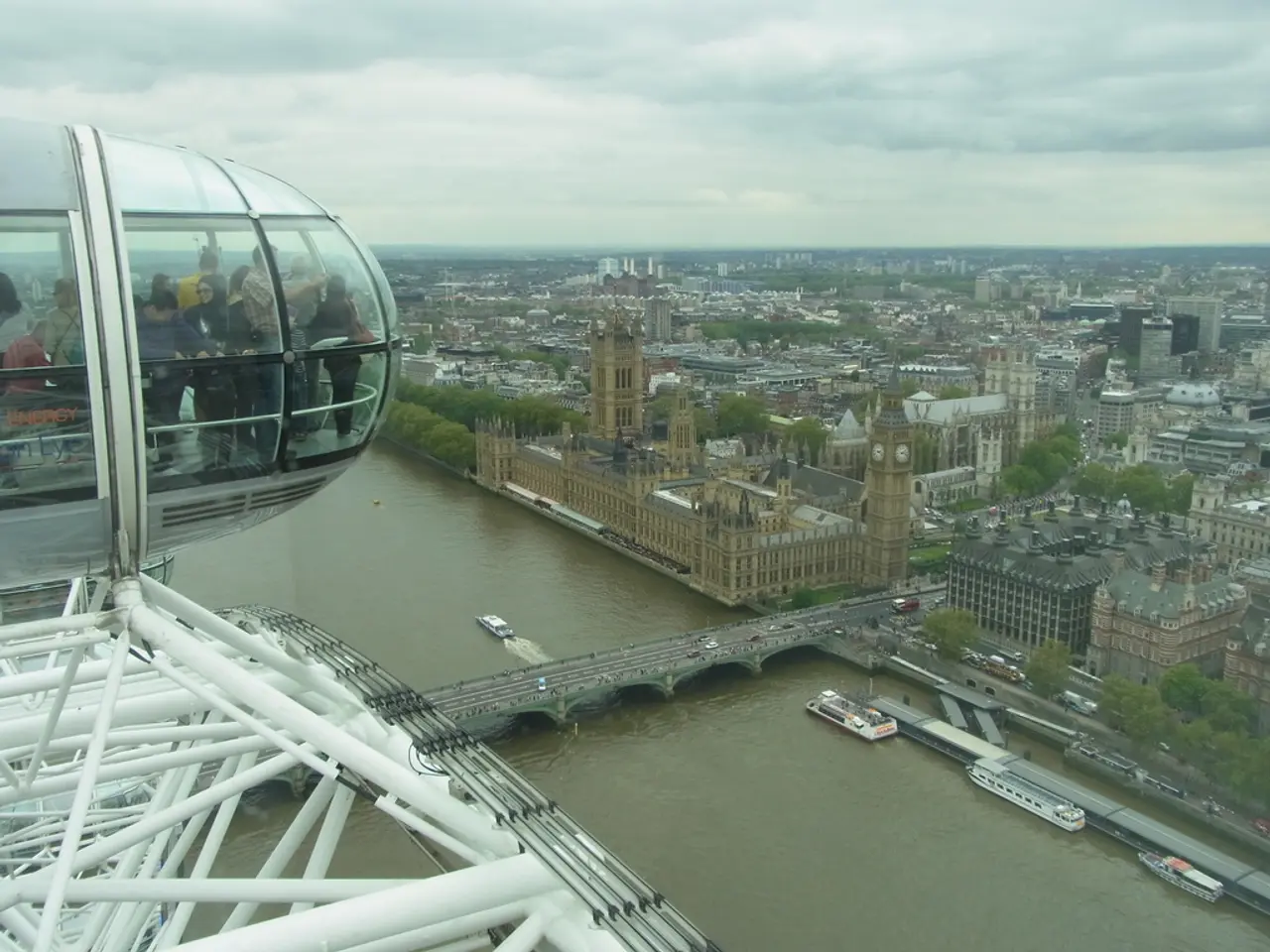United States' Clean Energy Proliferation Hinges on Oil Major's Land Sharing
Hear me out, folks! You might be knee-deep in all the political madness coming out of Washington DC, but let's not forget about the beacon of hope for clean energy in the United States. While the current administration is busy dismantling the Biden Administration's clean energy transition efforts, there's a bipartisan bill called the "Co-Location Energy Act" that's making waves in Congress. This bold proposal has been introduced by none other than Republican Senator John Curtis and Democratic Senator John Hickenlooper.
In a joint press release, they declared: "The Co-Location Energy Act is a no-brainer approach that capitalizes on already-leased federal lands for renewable energy development. By speeding up permitting and ensuring previously disturbed areas are fully utilized, this bill strengthens energy supply to the grid without compromising existing operations." But what exactly does this bill do?
Well, it's all about cutting through the red tape to expedite energy production, bringing more wind and solar projects online faster with minimal fuss. The bill instructs the Department of Interior (DOI) to enable the evaluation and development of renewable energy projects on existing oil, gas, coal, and geothermal leased areas. Provided that the current leaseholders give their consent, renewable energy developers can construct solar and wind projects on these leased areas without a hassle.

Now, you might be wondering how many leases we're talking about here. As of 2022, the oil and gas industry held over 34,000 leases on approximately 23.7 million acres of public land. Yes, you read that right – that's a lot of potential for renewable energy expansion if the right policies are in place.
But don't take our word for it. A robust study by Planet Re-imagined found that there are 18 million acres of oil and gas land in the US prime for wind or solar development. If renewables were added to this land, it could generate a whopping 2000 gigawatts of new clean electricity – a number that hasn't been considered in any previous study in the US.

The bill also calls for the DOI to analyze whether wind and solar production could qualify for a categorical exclusion under the National Environmental Policy Act (NEPA), in an effort to expedite the permitting process even further for renewable energy development in already disturbed areas.
All in all, the Co-Location Energy Act represents an exciting opportunity for renewable energy developers and companies looking to reduce red tape and transition towards a greener future. One can only hope that this is a monumental step towards energy security for America – a bipartisan issue that should remain a top priority for any administration to come.
- The Co-Location Energy Act, a bipartisan bill proposed by Senators John Curtis and John Hickenlooper, aims to authorize the Department of Interior (DOI) to expedite renewable energy development on existing oil, gas, coal, and geothermal leased areas, provided the current leaseholders give their consent.
- If implemented, the Co-Location Energy Act has the potential to scale up renewable energy production significantly, with Planet Re-imagined's study suggesting that 18 million acres of oil and gas land in the US could be prime for wind or solar development, potentially generating 2000 gigawatts of clean electricity.
- To further speed up the permitting process, the bill calls for the DOI to analyze whether wind and solar production could qualify for a categorical exclusion under the National Environmental Policy Act (NEPA), enabling a more streamlined approach to permitting and reducing red tape for renewable energy development in already disturbed areas.




